A to Z HIGHLIGHTS OF EAST STAFFORDSHIRE - PART 4
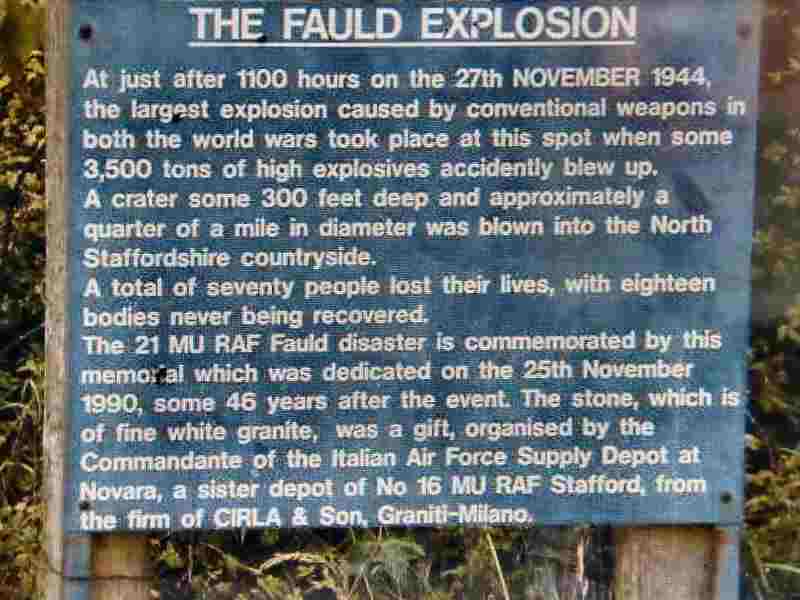
FAULD
Fauld is a scattered community of cottages, farms and a small industrial estate. But, in the past, it was the home of the Fauld Alabaster and Gypsum mine. Tinted Fauld alabaster pillars can be seen at many stately homes in this country and America. The alabaster figure of Sir John de Hanbury, in Hanbury Church, is said to be the finest alabaster monument in the country. The mine workings stretched for two miles underground.
Due to the mine’s size and location, the Royal Air Force selected it during the Second World War, as a storage depot for bombs and munitions before dispatch to Bomber Command airfields. Disaster struck on 27th November 1944, when the underground bomb store exploded and 3,500 tons of high explosives ignited. The explosion devastated the area and was heard as far away as London. The farm above the mine, together with its occupants, disappeared completely. Rescue attempts were delayed by the destruction of a reservoir containing over six million gallons of water, and one further life was lost because of the heavy pockets of gas left by the explosion. It was the largest explosion of the Second World War, apart from those caused by hydrogen bombs.
The precise number of people who died, as a result, is not known for certain, as some of the bodies have never been recovered, but are thought to have been around seventy. A huge crater remains, some 250ft deep and 400 yards across, but has largely been reclaimed by nature. It can be viewed from a footpath a short distance from the nearby village of Hanbury.
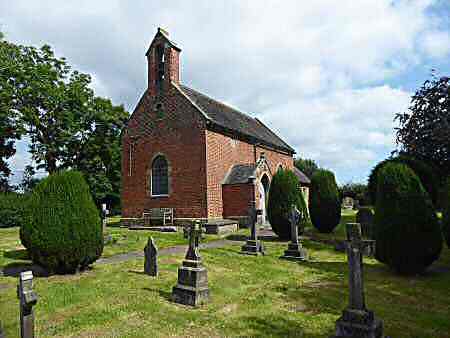
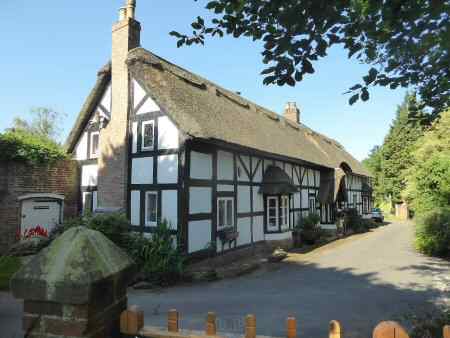
HOAR CROSS
Hoar Cross is a small, scattered village in an attractive wooded area on the western edge of East Staffordshire. Until the middle of the 20th Century, most workers were employed on the nearby Meynell Estate. The present-day hall replaced an earlier one and was re-built by the Meynell family, between 1862 and 1871. It has subsequently passed through several hands and today is an immensely popular spa, where you can book a leisure break and indulge in glorious surroundings.
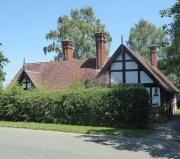
The Church of All Angels was built by Emily Charlotte Meynell Ingram, in memory of Hugo Francis Meynell Ingram who died in May 1871. Designed by George Frederick Bodley, it is Grade 1 listed. John Betjeman, the famed 20th-century English poet, writer and broadcaster, described it as “the masterpiece of its late Victorian architect G.F. Bodley” and “great architecture; original, well massed, well sited, well detailed; very English”. Dedicated in 1876, it attracts a wide range of visitors.
The heart of the village is dominated by the Meynell Ingram Arms, which has provided refreshments to villagers and travellers since 1860, with a short interruption between 2014 and 2019. Following a significant renovation, it re-opened in 2019. Until the middle of the 20th Century, most villagers were employed on the Meynell Estate. Today, many of the inhabitants are retirees or commuters.


HORNINGLOW AND ETON – BURTON
Horninglow was originally a small village to the northwest of Burton surrounded by fields. It is shown on maps as early as 1770 and in the late 18th century it was situated around a green. The oldest surviving house is claimed to be Chestnuts Farm which was rebuilt, in the early 19th century and is a Grade II listed building. Horninglow is no longer a village following a rapid redevelopment of the area in the 19th century, which had much to do with the emergence of the Brewing industry. It is now a large mainly residential suburb of Burton. It includes a densely developed area of traditional pre-war terraced housing, the highest population density in East Staffordshire. The density of the post-war housing estates at Eton Park is lower. There are also some new housing developments in the parish.
The Parish church of St John the Devine on Rolleston Road is an attractive Victorian Gothic Church. Built of brick and faced with cream Coxbench stone and rendered inside with plaster and dressings of Bath stone. It was consecrated in 1866.
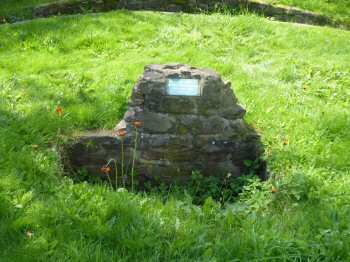
KINGSTONE
Kingstone is a small village set in a wooded valley deep in the heart of the countryside. It was only classified as a village in the 1860s when St. John’s Church was built to replace a former 14th-century church. Kingstone did not get mains water supply until 1936 and a small cairn in the village indicates the source from where water was drawn.
The village has grown in size in recent years with several new houses being built to add to the original collection of cottages and farms. The Shrewsbury Arms public house, known locally as ‘The Shrew’, is named after the Earl of Shrewsbury. Community spirit is strong in the village and the well-equipped village hall is put to good use by an ever-growing number of different groups. Talbot First School educates children up to eight years old before they are transferred to Oldfields Hall Middle School in nearby Uttoxeter.
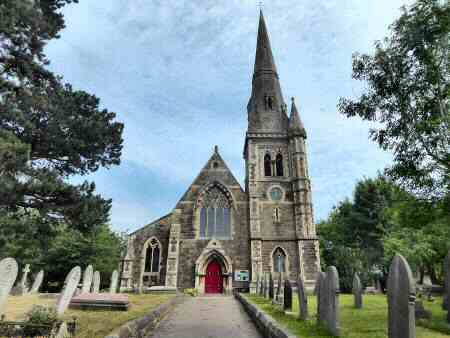
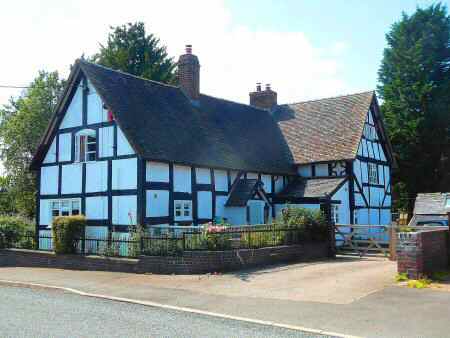
LEIGH
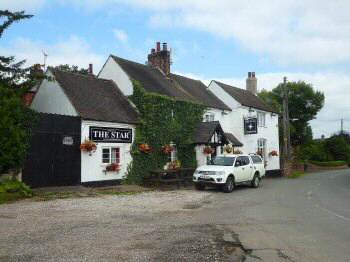
Leigh is an ancient parish, extending to over 7,200 acres, which makes it the second-largest in the Borough, composed of the hamlets of Church Leigh, Upper Leigh, Lower Leigh, Dodsley, Nobut, Withington, Field, Middleton Green, Godstone and Morrilow Heath. The roads tend to be narrow and winding through this picturesque corner of East Staffordshire.
The Parish Church of Leigh is dedicated to All Saints and has a medieval tower, but the remainder was rebuilt in 1846. The parish workhouse that used to stand opposite the Star Inn, Church Leigh has been replaced by residential property. A limited amount of development has occurred over the years but the population has remained relatively static at around 900.
MARCHINGTON
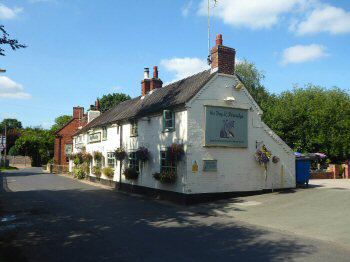
Marchington is an interesting old village, in attractive countryside with the remnants of the former Needwood Forest to the south and the Dove Valley to the north. The railway line between Stoke-on-Trent and Derby runs to the north of the village, but the railway station closed in 1958. The first written confirmation of habitation is a Saxon Charter of 951.
Since 1977 a conservation area has encompassed much of the village centre. There are 17 listed buildings. Marchington Hall listed Grade II* is one of the oldest surviving houses. Built late in the 15th century it has been much restored. St Peter’s Church was built in 1742 and replaced an earlier 13th-century building. The new church retains some of the items of the earlier one, including the oak pews and pulpit. There is also a small stone-built Roman Catholic Church, built in 1955 by Dorothy Methuen in memory of her brother Richard Longdon of Marchington Hall, a primary school and two pubs in 6the village.
A US Army camp was built in the village, in 1941. Later it became a prisoner-of-war camp. It remained in the hands of the British army until the 1960s but only in 1980 was the land finally sold. An industrial estate now takes up the space.
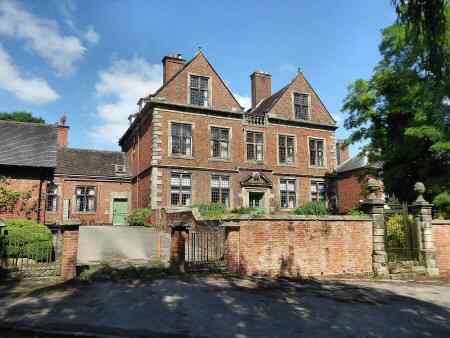
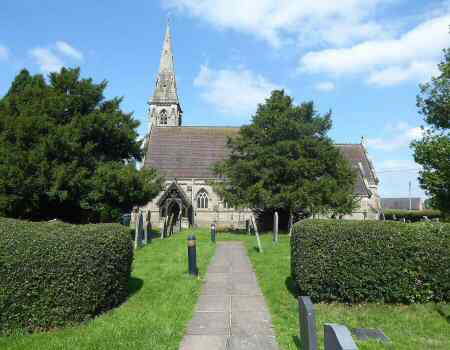
MARCHINGTON WOODLANDS
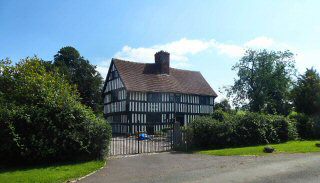
Situated in an attractive rural setting Marchington Woodlands of scattered farms and cottages, the village does have a church and village hall. The school closed in the 1990s and has been converted into a private residence.
St. John’s Church was built in 1859 largely at the expense of Thomas Webb of Smallwood Manor. To provide the local community with a convenient place of worship, until that time, they had to journey, mainly by foot, to either Marchington or Newborough. The premature death of his wife Lucinda, in 1858, had contributed to his desire to fill this need.
Near the church, Woodroffe’s’ is a magnificently preserved Yeoman’s house, dating from around 1625. Built by Thomas Coke, it was left to his married sister Dorothy Woodroffe, in 1648.
